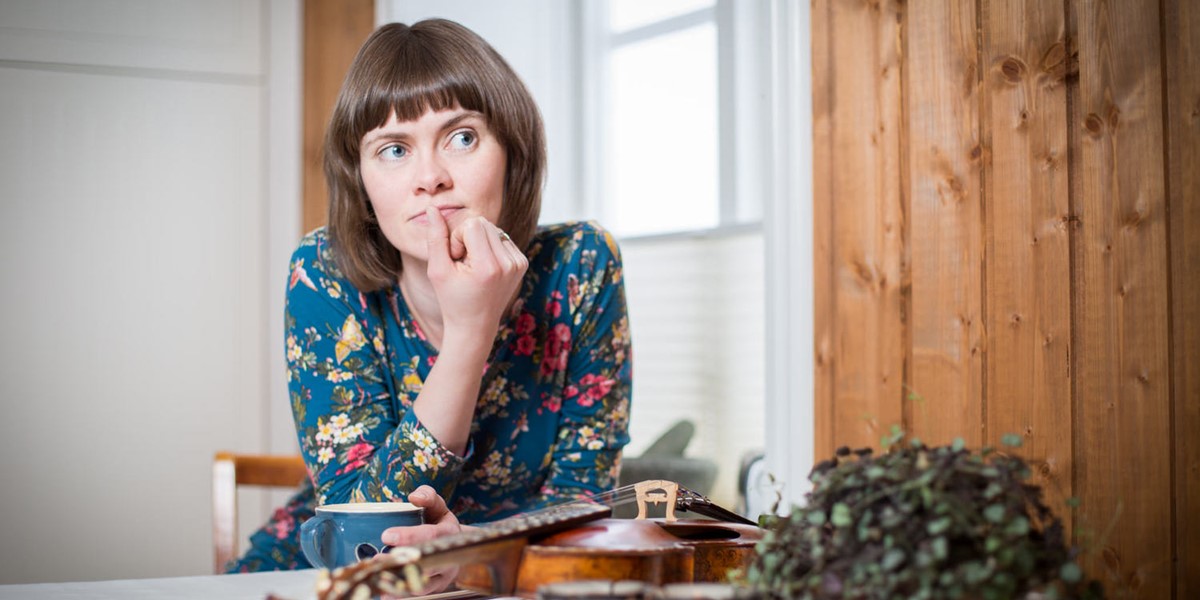Tuesday, January 18, 2022
“I met a Hardanger fiddler who said if you give me your fiddle, I'll give you my farm” | Gro Marie Svidal
Heiress to a piece of Norwegian musical history, Gro Marie Svidal talks about the allure of her unique Hardanger inheritance

©Martin Hugne

Register now to continue reading

Thanks for visiting the Songlines website, your guide to an extraordinary world of music and culture. Sign up for a free account now to enjoy:
- Free access to 2 subscriber-only articles and album reviews every month
- Unlimited access to our news and awards pages
- Our regular email newsletters

